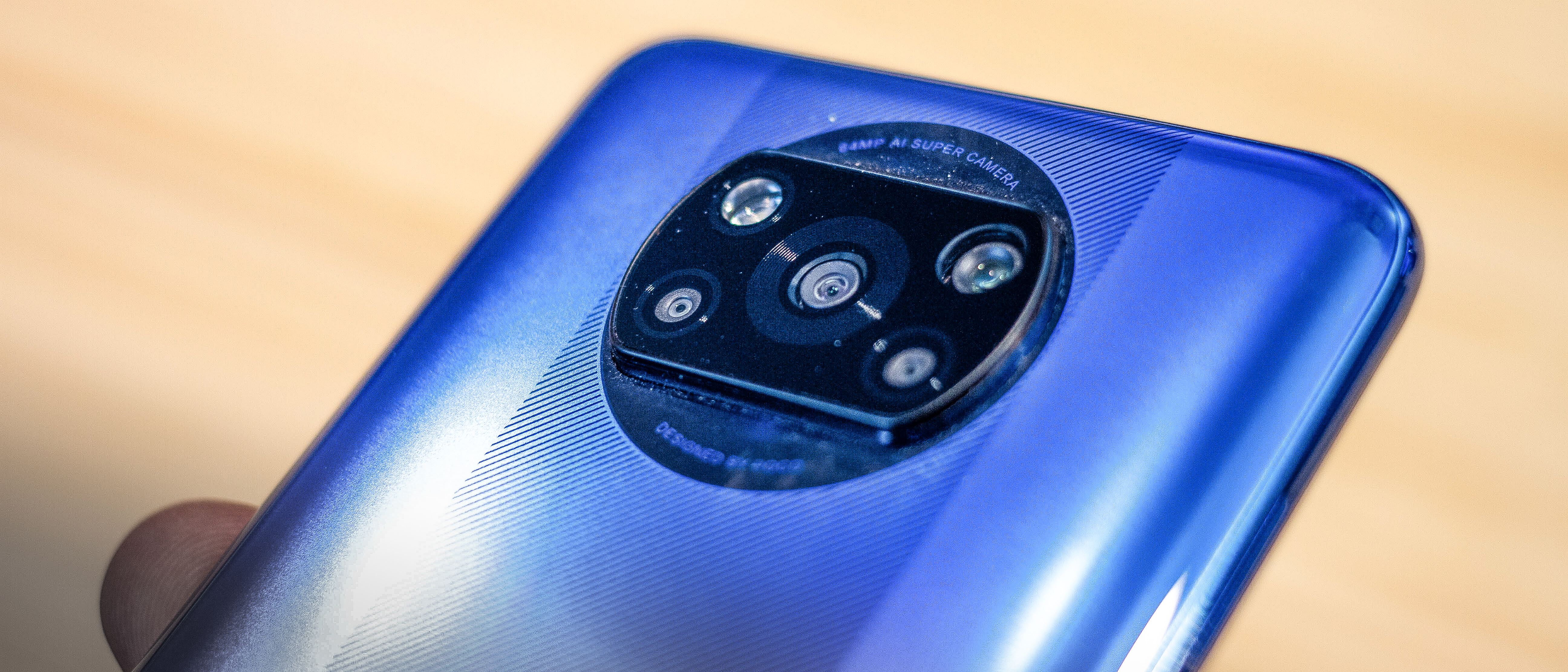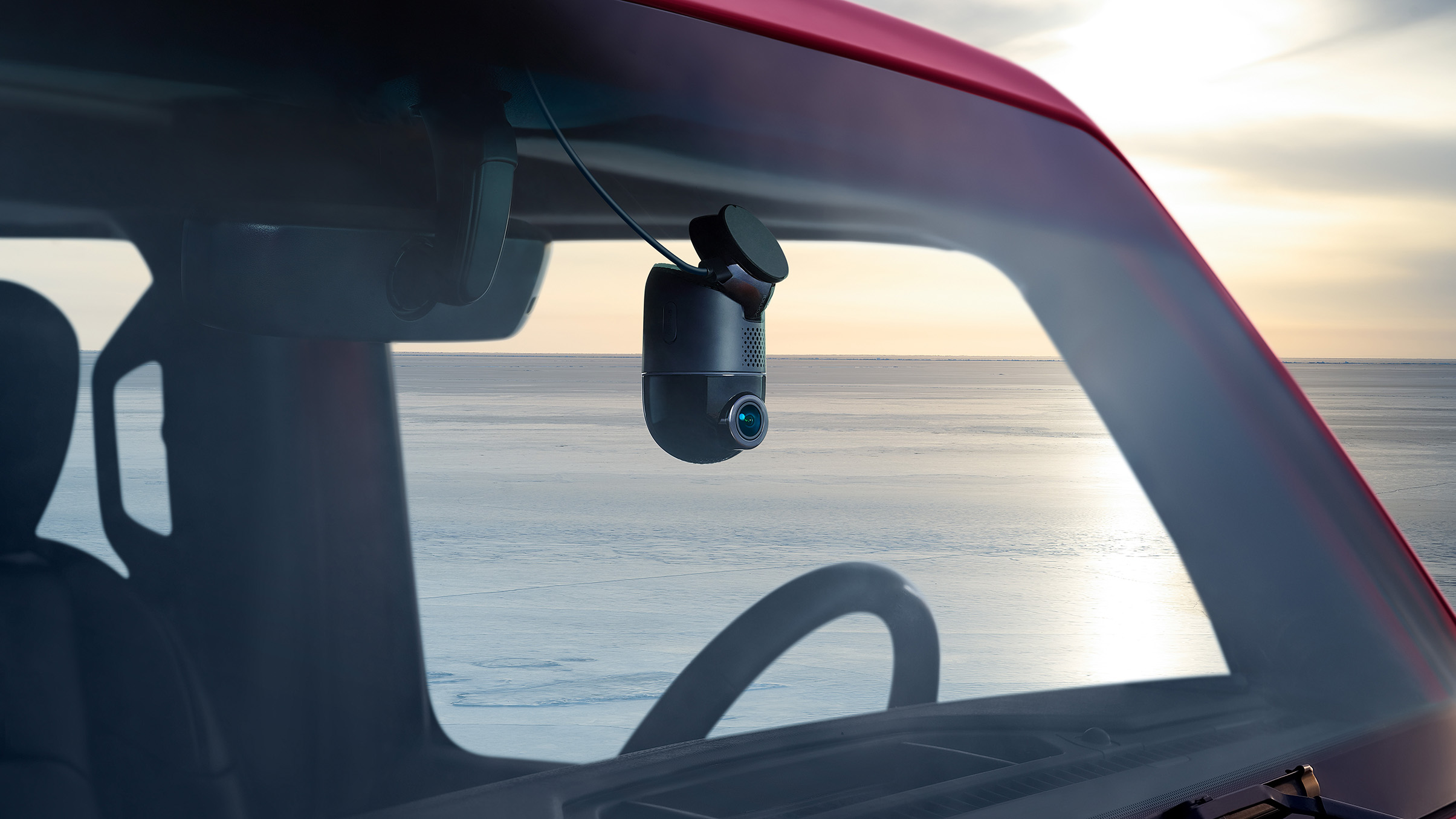Digital Camera World Verdict
The Poco X3 NFC could be the mightiest sub-£200 ($250) camera phone around. If you’re picking one up, brace yourself for a few gremlins within the UI - unsolicited ads anyone? If you can get past its quirks though, between the Poco's ample power, silky smooth 120Hz screen, and day-long battery, it's one of the most standout budget phones you can buy.
Pros
- +
Smooth 120hz screen
- +
Impressive camera clarity
- +
Decent night mode
- +
Stable video capture
Cons
- -
Unsolicited ads within UI
- -
Plastic backing
- -
Camera surround collects dust
- -
Styling won’t suit all
Why you can trust Digital Camera World
Poco, a Xiaomi brand has been making affordable phones since 2018. It hit the scene with the flagship specced Pocophone F1, but two years on, it’s launching a budget phone, the Poco X3 NFC. Don’t write this thing off just yet though. Starting at £199 ($250), the X3’s specs read well for the price, combining a silky smooth 120Hz screen with a 64MP main camera.
Powered by the new Qualcomm Snapdragon 732G chipset, and paired with 6GB RAM, you’ll be hard-pressed to find a more cutting edge midrange mobile for less, with Poco clearly going after Realme here.
A week into use, and the X3 NFC’s power hasn’t let us down once. Add to the mix a 5160mAh battery - a huge capacity even by flagship standards, support for nippy fast charging and an impressive set of cameras, and there’s very little to argue with on first impression.
Xiaomi’s stumbled before with its software. Occasional gremlins within the UI and app installs interrupted by adverts have taken an edge of excellence when compared to low-cost mobiles from Oppo and Realme. Despite some of these issues rearing their heads again, can the Poco X3 NFC win the day with its stellar camera credentials?
Design and screen
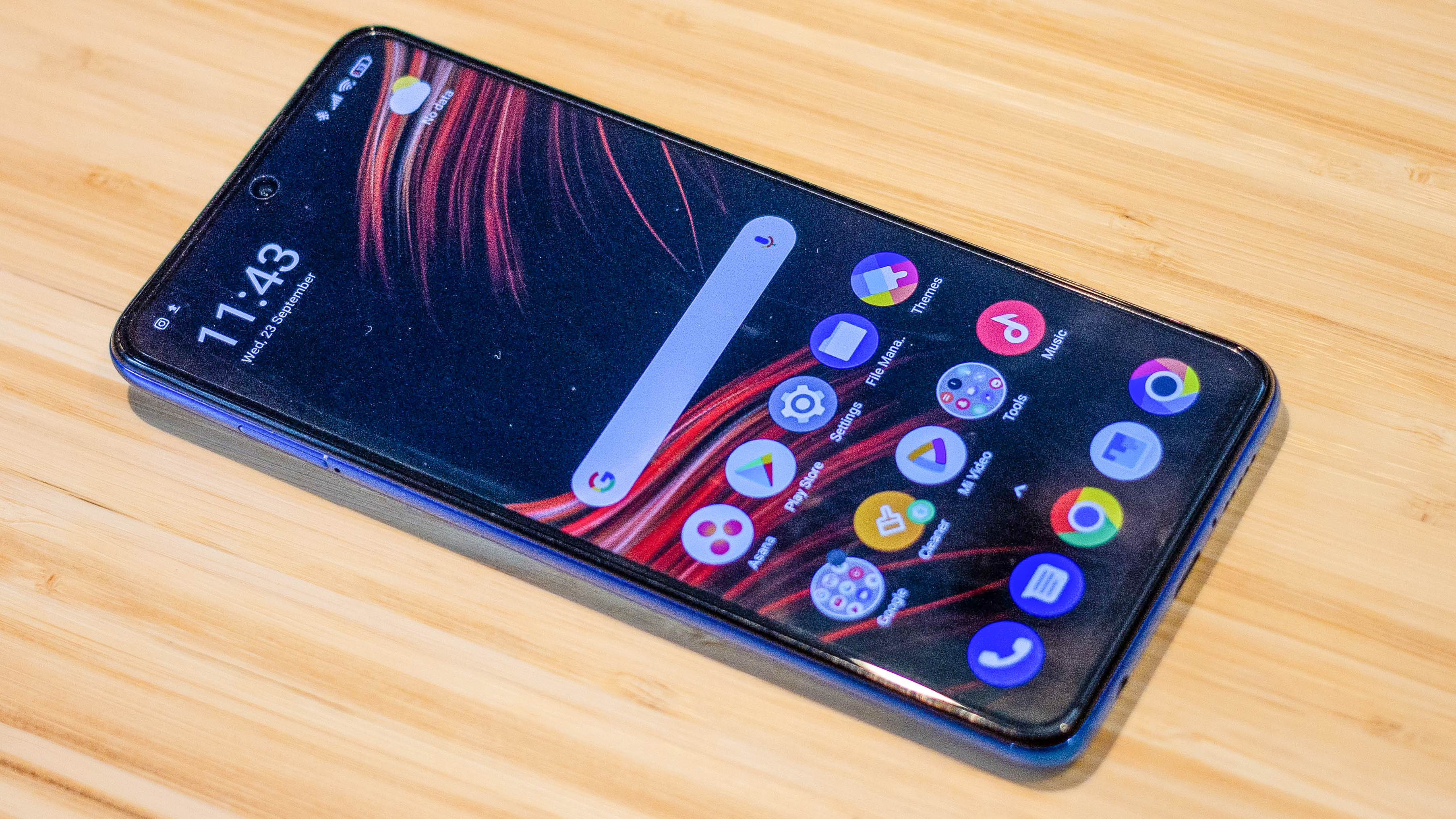
With its big screen that’s low on bezels thanks to a punch-hole selfie camera, the Poco X3 NFC does a great job of looking more premium than its price suggests it is from the front. The phone’s 6.67-inch display is ample and comes complete with low blue light certification, a 120Hz refresh rate, matching the OnePlus 8 Pro, and a tall 20:9 aspect ration.
Combined with a resolution of 2400 x 1080, the Poco X3 NFC’s screen is sharp enough, with 395 pixels in every inch, and protected by Corning Gorilla Glass 5, it’s relatively scratch resistant too. Adding to the X3 NFC’s hardiness is the fact it ships with a case in the box, sports a pre-fitted screen protector and is IP53 splash-proof.
Color options are limited to Shadow Grey and Cobalt Blue, however, whichever Poco you pick up, expect some very bold branding around the back that definitely won’t appeal to all. Etched underneath the shiny plastic exterior of the X3 NFC is a thick, centered, striated racing stripe with a ‘POCO’ insignia within.
The 'Marmite' design doesn’t stop there. On first glance, the camera surround, which sports four cameras and a flash, is circular. Upon closer inspection though, the circle is just the pattern on the back of the phone. The Poco X3 NFC’s camera bump actually employs a cropped circle shape, which loves to gather dust and pocket-lint in its flat recesses.
To the right of the phone is a fingerprint scanner, down at the base, a USB-C port, and there’s also a 3.5mm headphone jack and a stereo speaker setup too.
While the design will be hit or miss depending on who you are - there’s definitely a young vibe to the X3 NFC.
On the plus, even if you don’t like the looks of the phone, if you put an opaque case on it, you won’t be able to tell it apart from the slew of other punch-hole smartphones on the scene. In turn, if the design puts you off, keep reading - the value-factor might bring you back to team Poco.
Three cameras and a depth sensor
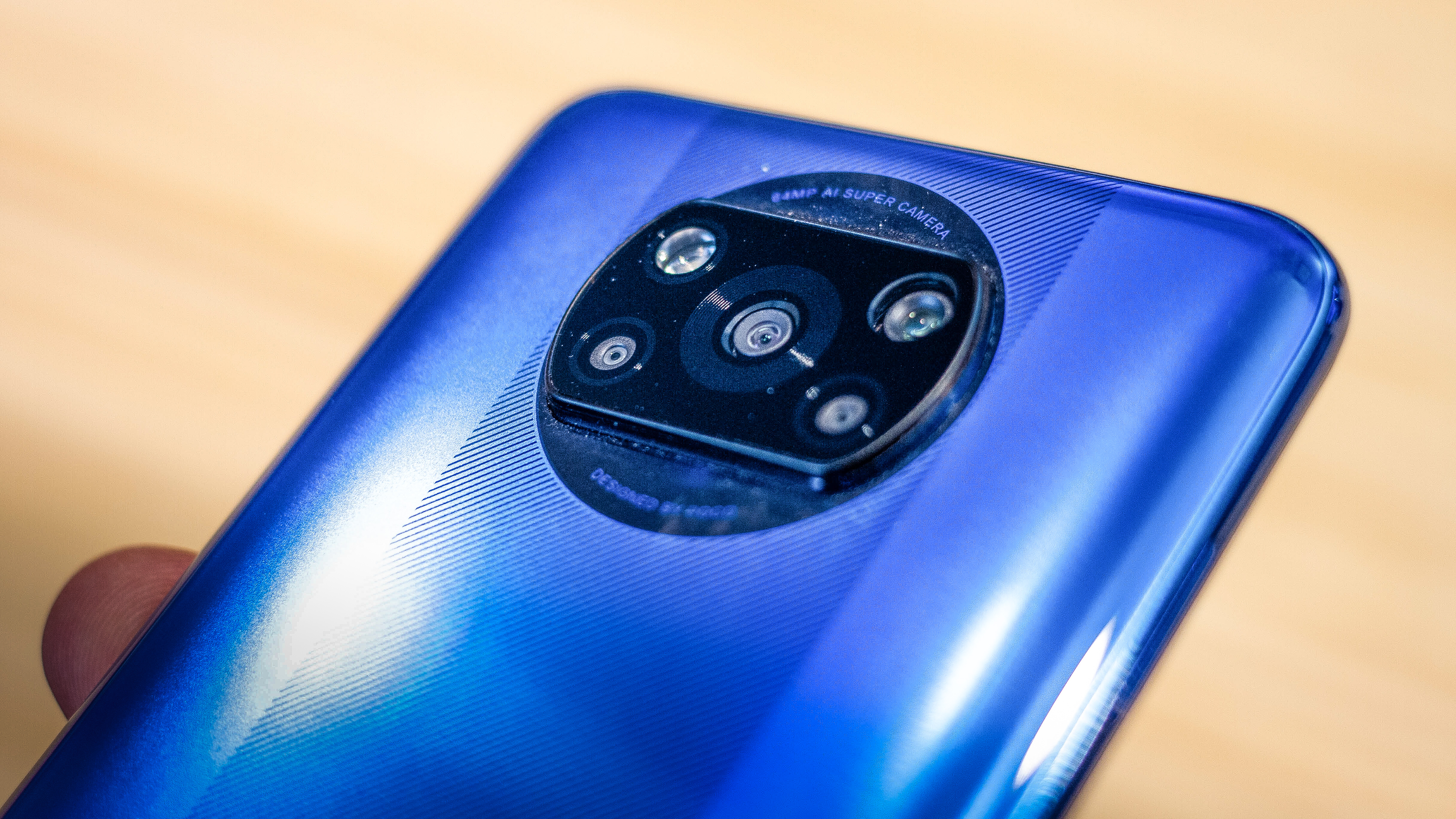
With its 64MP primary camera, the X3 NFC matches the Realme X2 Pro in terms of resolution, however, this isn’t Samsung’s Isocell sensor, it’s Sony’s newer, better IMX682, sensor. It combines pixel binning with an f/1.89 aperture and a 1/1.73” sensor size. By combing four pixels into one and shooting 16MP images, it delivers an effective pixel size of 1.6μm,
While there’s no telephoto camera here, the 13MP resolution ultrawide is matched with a 119-degree, roughly 14mm equivalent focal length, and the sensor is 1/2.55” in size. Falling behind only Samsung, Poco has packed the X3 NFC with one of the widest ultrawides on the scene.
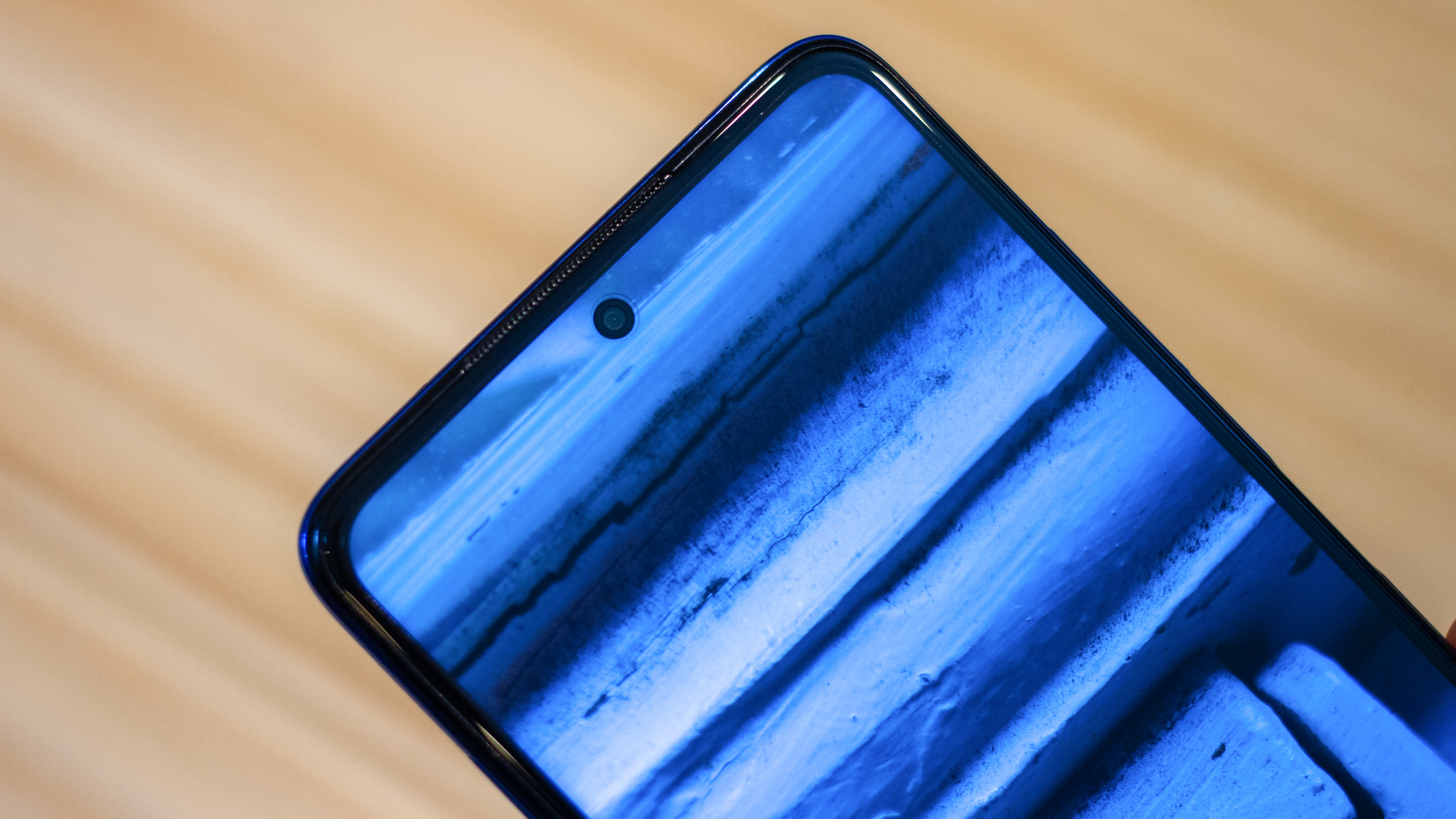
We’ve said it before and we’ll say it again, dedicated macro cameras on mobiles are a great idea, but the execution is sorely lacking most of the time. Clocking in at a paltry 2MP, and with a fixed-focus lens, while the X3 NFC’s isn’t the worst we’ve seen, unless the light is perfect you’ll want to avoid this module. Having said that, with a 4mm minimum focusing distance, it does open up some framing options.
With a 20MP selfie camera, the POCO X3 NFC grabs 5MP selfies by default, combining four pixels into one. The sensor is paired with an f/2.2 aperture, supports software-based portrait mode and captures up to Full HD video at 30fps.
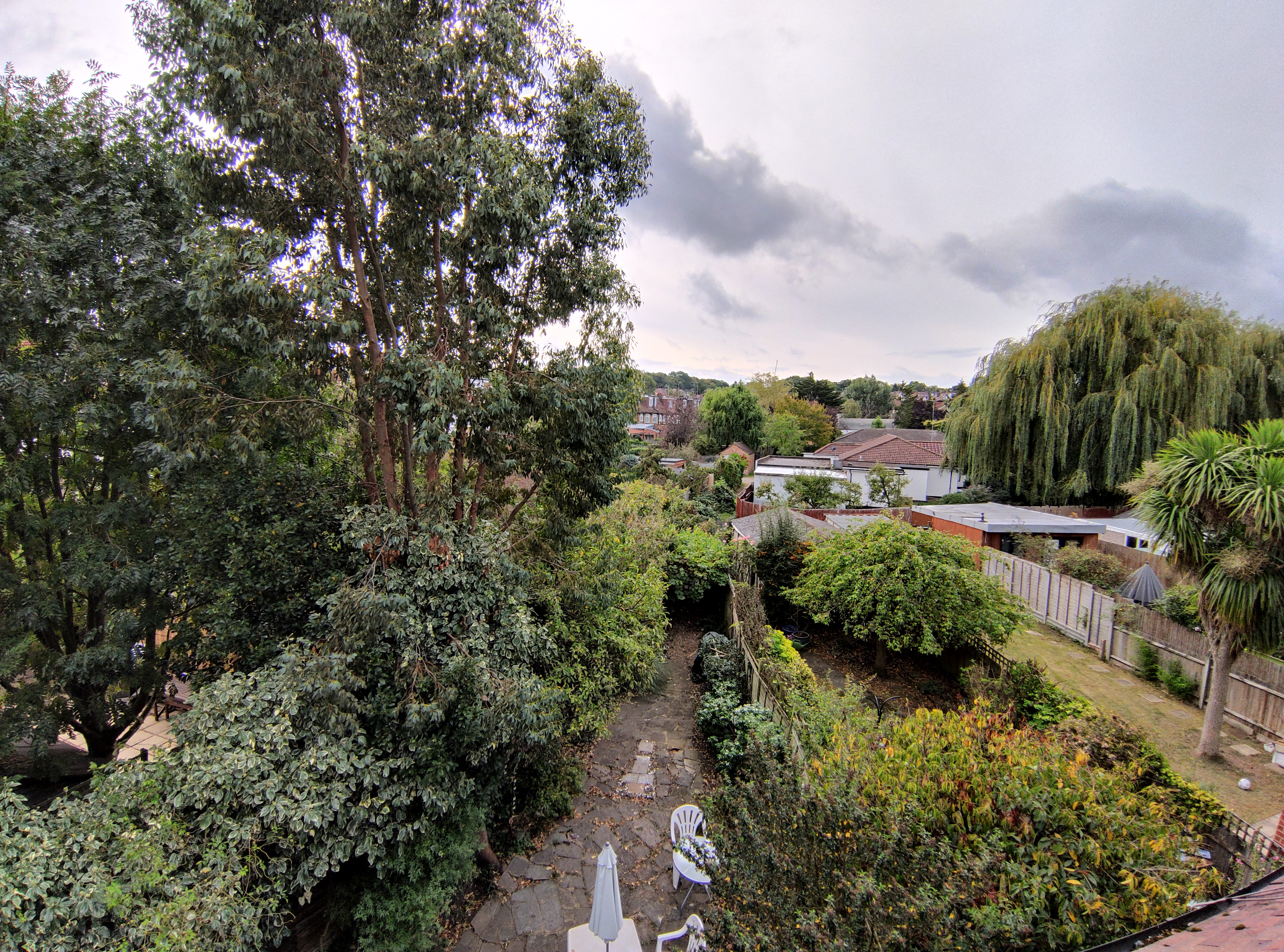
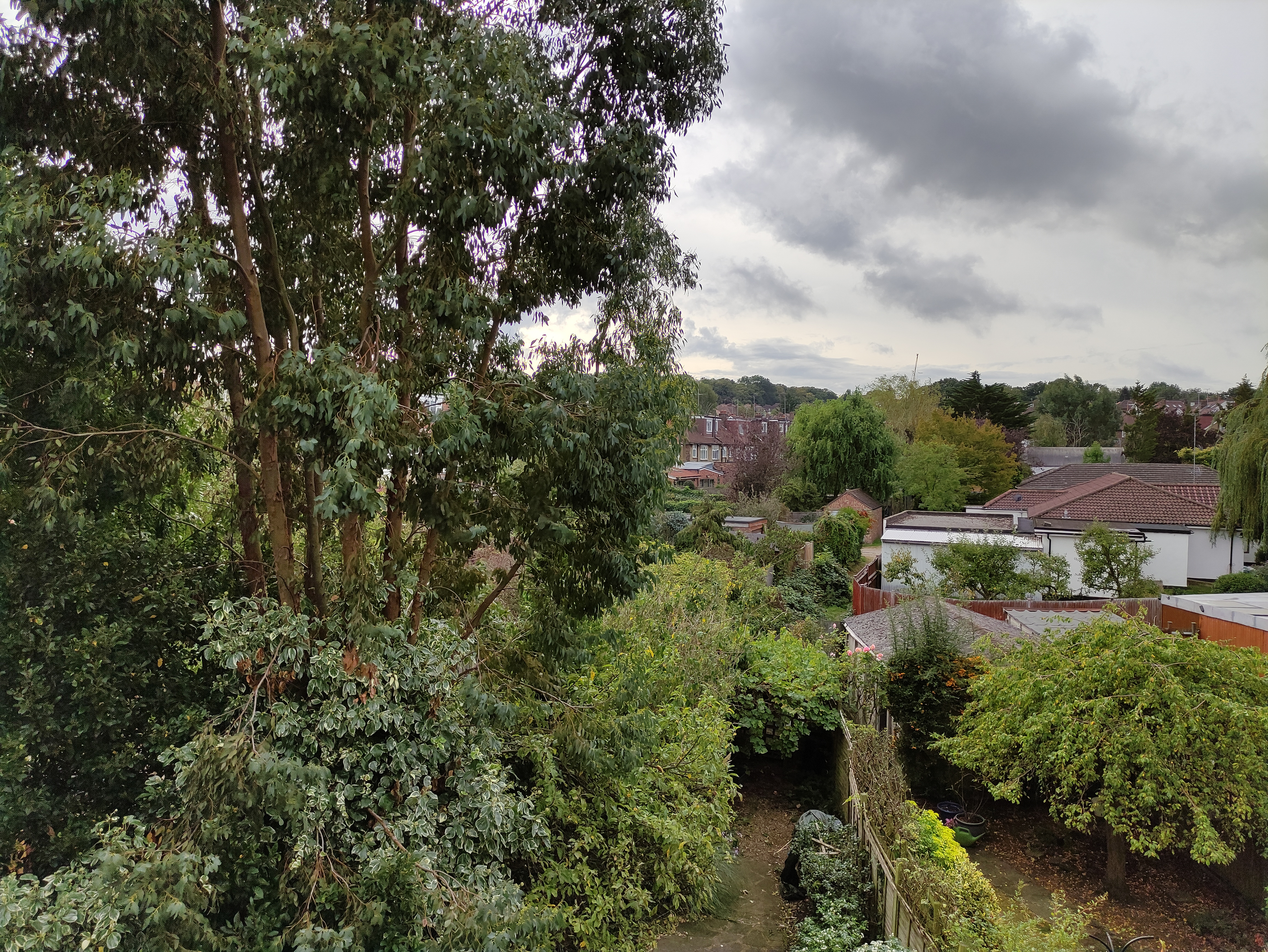
Poco X3 NFC: Camera performance
Before you even compare the Poco X3 NFC’s pictures with shots from other smartphones, it impresses. As a day-to-day point and shoot, its pictures pack detail and tend to look less soft and blurry than those taken on phones with Samsung’s 64MP Isocell sensor. This bodes well for Sony’s newer high-resolution module, despite the small sensor size.
There’s plenty of detail retained in middling to good light, and while OIS would have been improved this further, at the price, the X3 NFC compensates for handshake impressively.
Shooting modes are both comprehensive, and exactly what we’ve come to expect from Xiaomi, with the Poco X3 NFC featuring a virtually identical camera UI to that of the Xiaomi Note 10, and the brand’s Redmi series.
The standard photo mode supports AI scene detection and HDR (on / off / auto), macro mode - which activates the macro lens. Additional shooting modes include familiar options: Video, Pro, Portrait, Night, 64MP, Panorama, Document, Slow motion and Time-lapse. There are also fun options, including Front & back - which uses both the main and selfie cameras simultaneously. Long exposure also does what it says on the tin, and Clone mode, Short video and VLOG add a few creative options to the mix.


Photo quality in well-lit conditions stacks up well when compared to flagships in terms of detail - hardly surprising given the fact pictures from it clock in at a massive (for a phone) 9MB on average, with portrait mode snaps climbing to 38MB!
There are elements that fall behind pricier phones - the lower quality lens pulls up some purple fringing around the edges in certain scenes. Additionally, focusing on small close-up objects isn’t as precise as with more premium phones, and when night mode isn’t active, darker scenes grab grainy shots.
What edges the Poco X3 NFC ahead of phones in its price class, however, is the fact the night mode is respectable, dynamic range is broad, and saturation leans towards the more natural, muted tones than phones from the likes of Samsung, giving you room to edit. Additionally, the X3 captures ultra-steady video, with stabilization active at up to 4K resolution (30fps) and it looks really good.
Add to the mix a perfectly adequate selfie camera, and we’d go so far as to say the Poco X3 NFC is one of, if not the best camera phones you can pick up at its price.
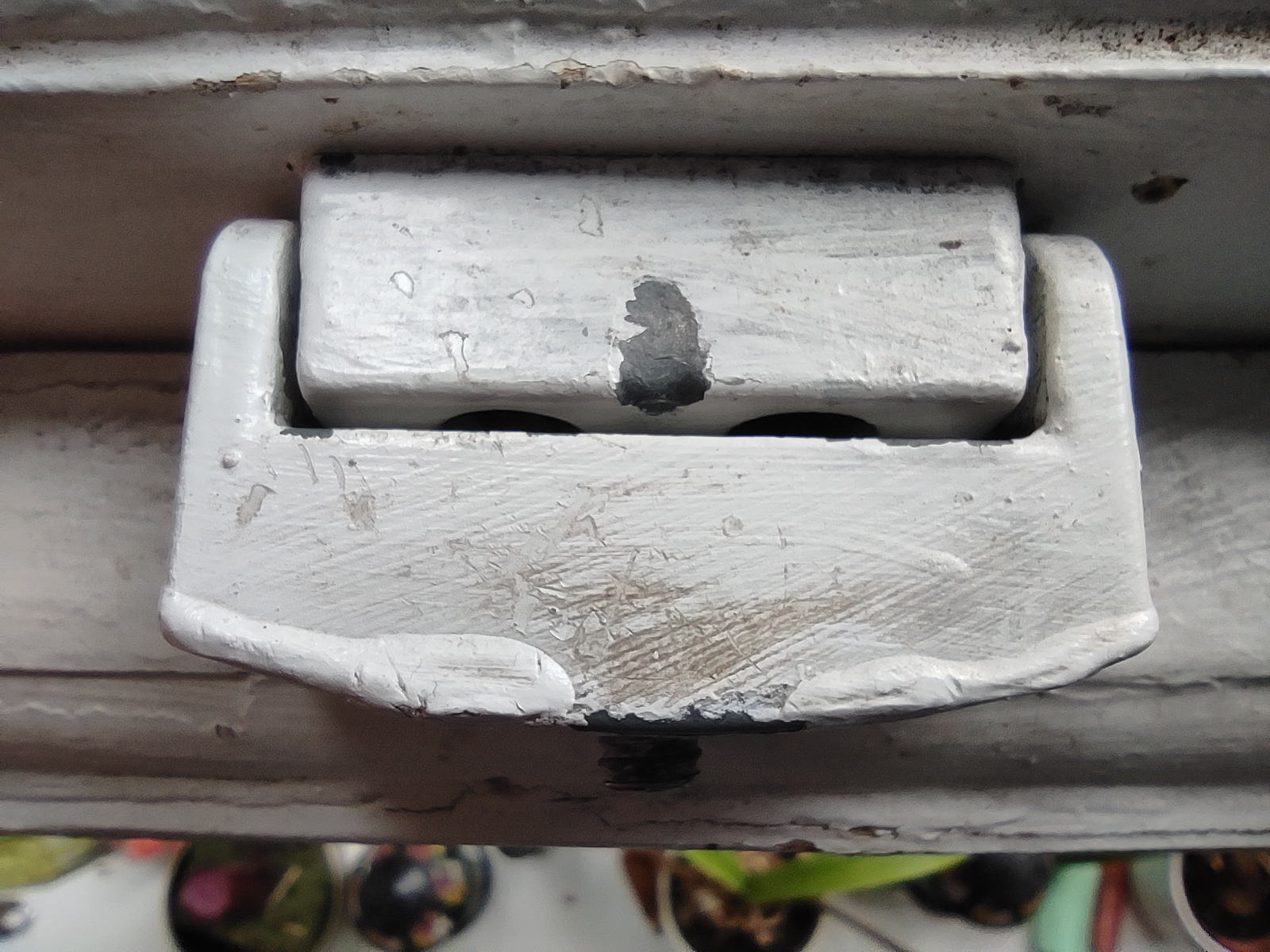
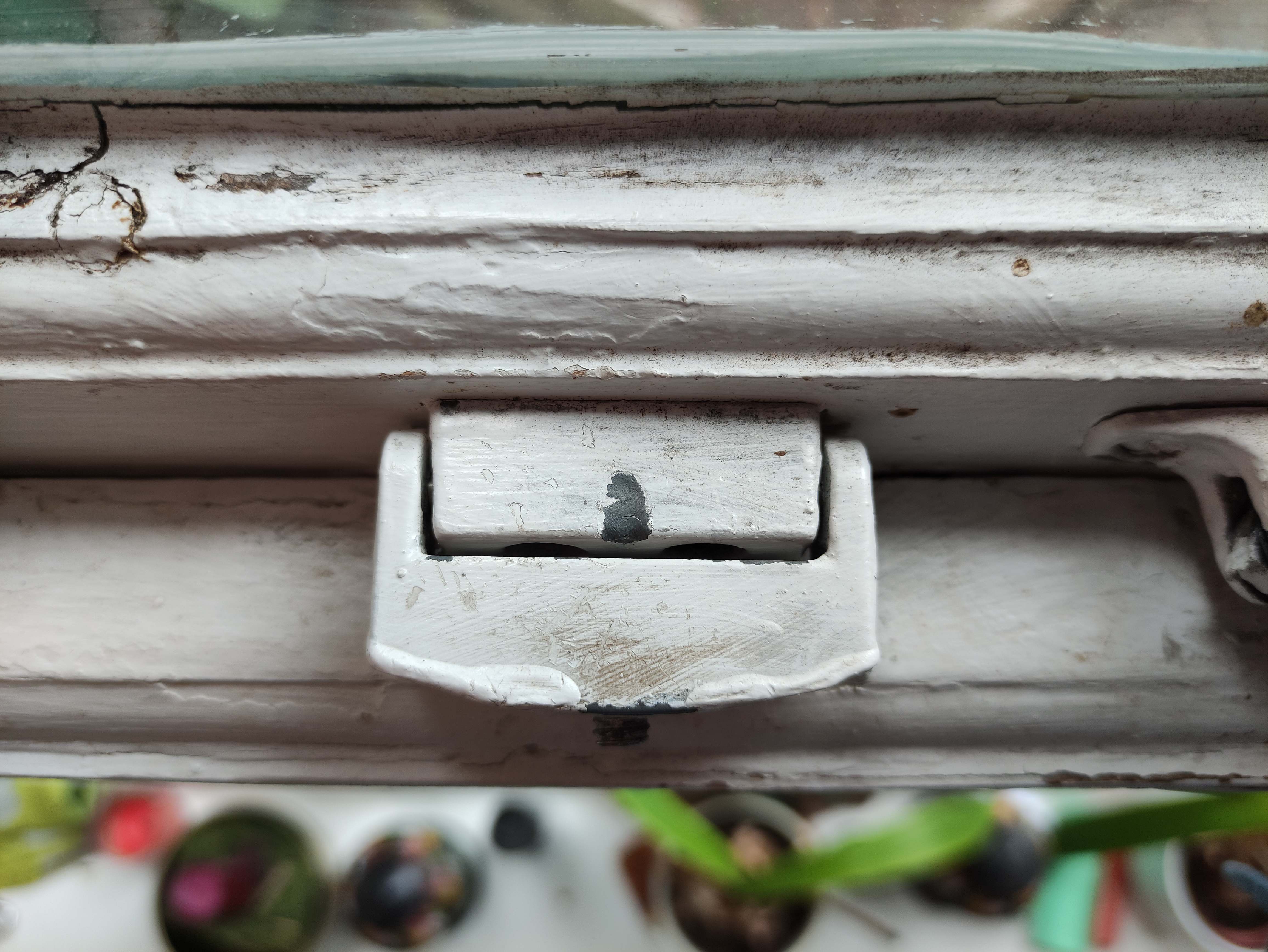
Poco X3 NFC: Additional specs
Powered by a Qualcomm Snapdragon 732G chipset, the X3 NFC isn’t a powerhouse, but it’s still won’t leave you hanging when watching back 4K content or tapping and swiping your way through day-to-day tasks. It even handles 3D games with gusto, though does drop a few frames here and there.
The 120Hz screen lets you live your flagship fantasy as you fly through the UI, with the high refresh rate making the phone feel faster and more powerful than it is, which makes using it a joy for the most part.
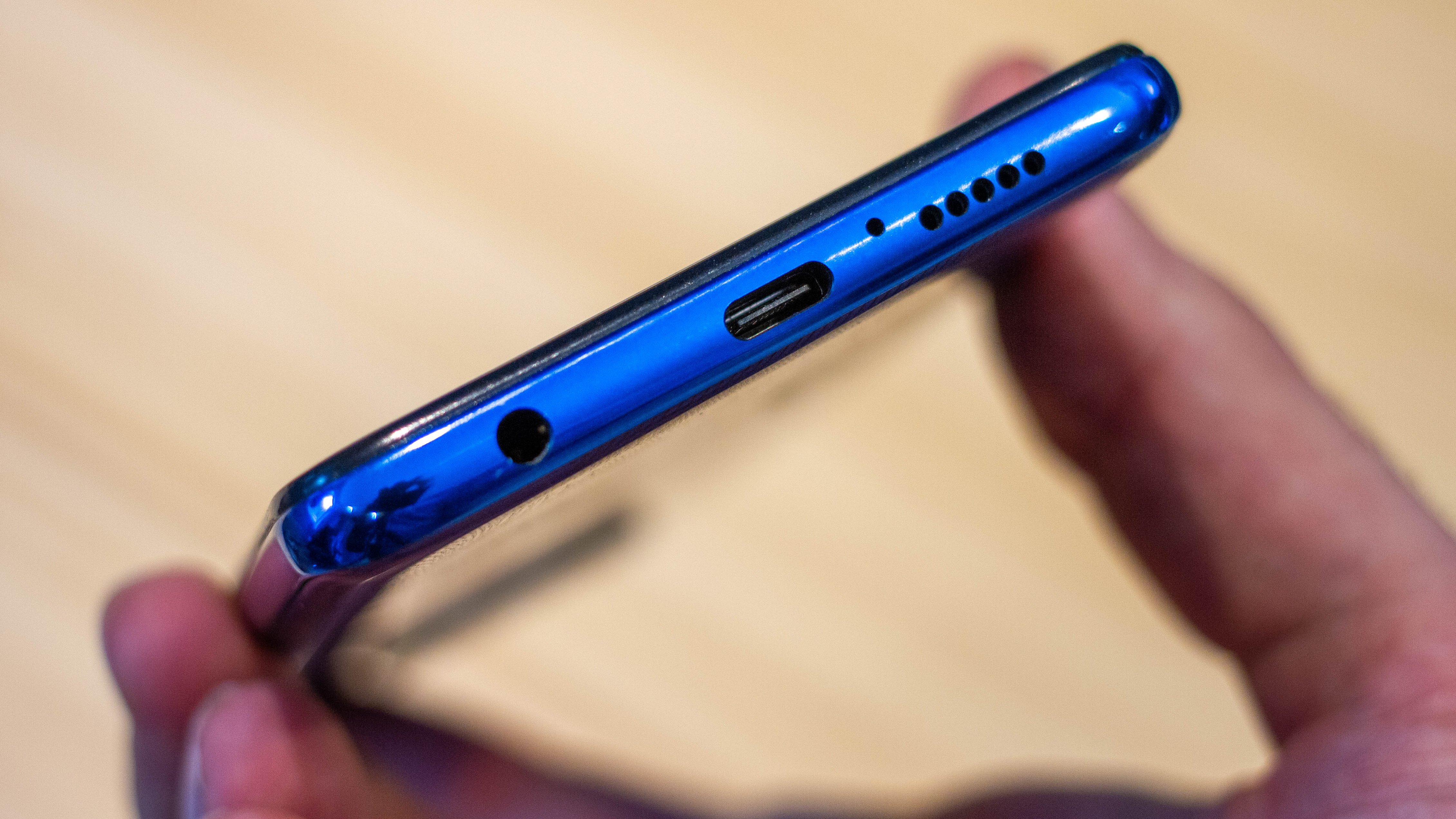
Running Android 10 with Xiaomi’s Poco Launcher over the top, the UI is usable and looks clean, however, we did encounter a few issues with apps being displayed incorrectly when dark mode was activated in our time using the X3 NFC.
Also worth noting, Xiaomi has held onto its pre-loaded virus scanner, which displays an advert every time you install a new app and it scans it. Even though you can disable this feature, it still isn’t cool as an out of the box default.
With 64GB storage as standard, or 128GB if you opt for the £229 ($290) version, as well as microSD card support, you won’t run out of options even if you run out of storage space. Additionally, the 5160mAh battery keeps the phone going all day, and it charges nice and quickly too with 33W charging taking it from 0-100% in about an hour.
Poco X3 NFC: Verdict
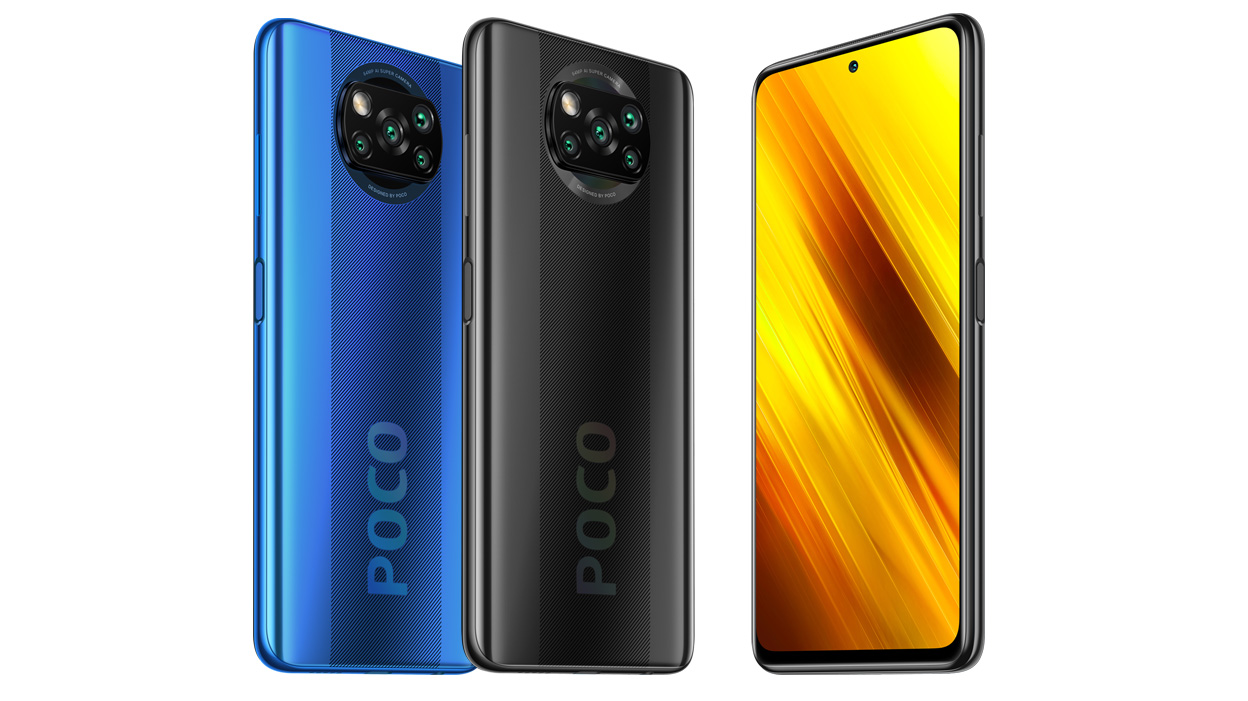
The Poco X3 NFC is the perfect choice for anyone who can get past - or even enjoy - its bold design and wants the best camera experience on offer for an affordable £200 ($350) price. Despite a few UI gremlins, there’s definitely more to love than hate here, especially if imaging is your main focus, from the phone’s pin-sharp pictures, competent night mode through to the super-steady video at up to 4K resolution. The best budget camera phone of 2020? Quite possibly.
Read more
Best camera phones you can buy today
Best budget camera phone
Best burner phones
Best phablet in 2020
Best iPhone for photography?
Mobile photography tips
Basil Kronfli is a freelance technology journalist, consultant, and content creator. He trained in graphic design and started his career at Canon Europe before moving into journalism. Basil is also experienced in video production, independently running the YouTube channel TechEdit, and during his time at Future, he worked alongside the Digital Camera World team as a senior video producer.
